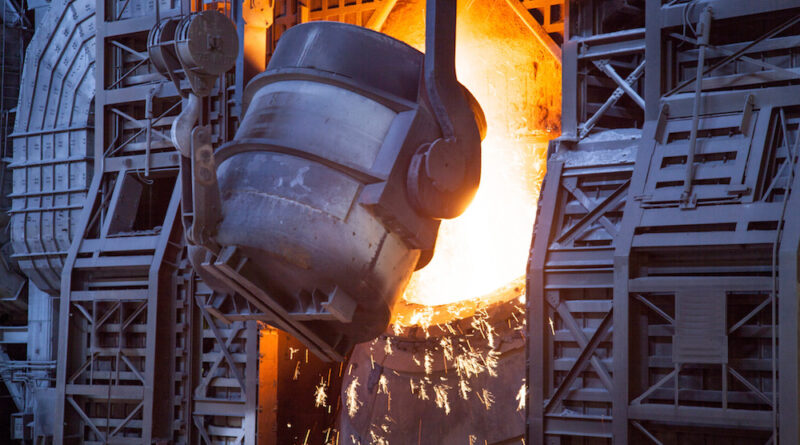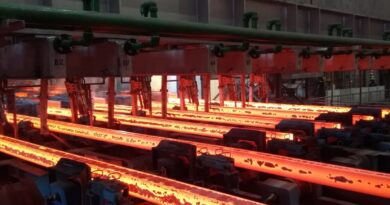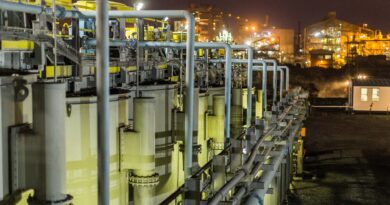Steelmaking: Into mass production
For centuries, steel had remained a ‘niche’ metal, prized for its toughness and for creating sharp edges, but it was slow and expensive to manufacture. In the 1850s and 1860s, new techniques emerged that made mass production possible.
This transformation is largely associated with the work of one English inventor, Henry Bessemer. Arguably the most influential advance of the later Industrial Revolution, the Bessemer process formed the heart of steelmaking for more than 100 years. Introduced in 1856, it revolutionised the industry with a quick, cheap way to produce steel in large quantities.
At the same time, Carl Wilhelm Siemens, a German national who spent most of his life in England, was developing his regenerative furnace. By recycling the hot exhaust gases from the previous batch of melting, Siemens’ process could generate temperatures high enough to melt steel. And by 1865, Frenchman Pierre-Emile Martin had applied Siemens’ technology to create the Siemens-Martin open-hearth process.
Although not quite as fast as the Bessemer process, open-hearth techniques allowed for more precise temperature control, resulting in better-quality steel.
In the course of just two decades, these inventors shaped the modern steel industry. Now, consistently good quality steel was available in high volume and consistent shapes and sizes, perfect for the vast majority of large-scale, heavy-duty applications.
Steel quickly replaced iron in the emerging railways, and all kinds of construction from bridges to buildings. It also enabled the manufacture of large, powerful turbines and generators, harnessing the power of water and steam to drive further industrialization and usher in the age of electric power.




